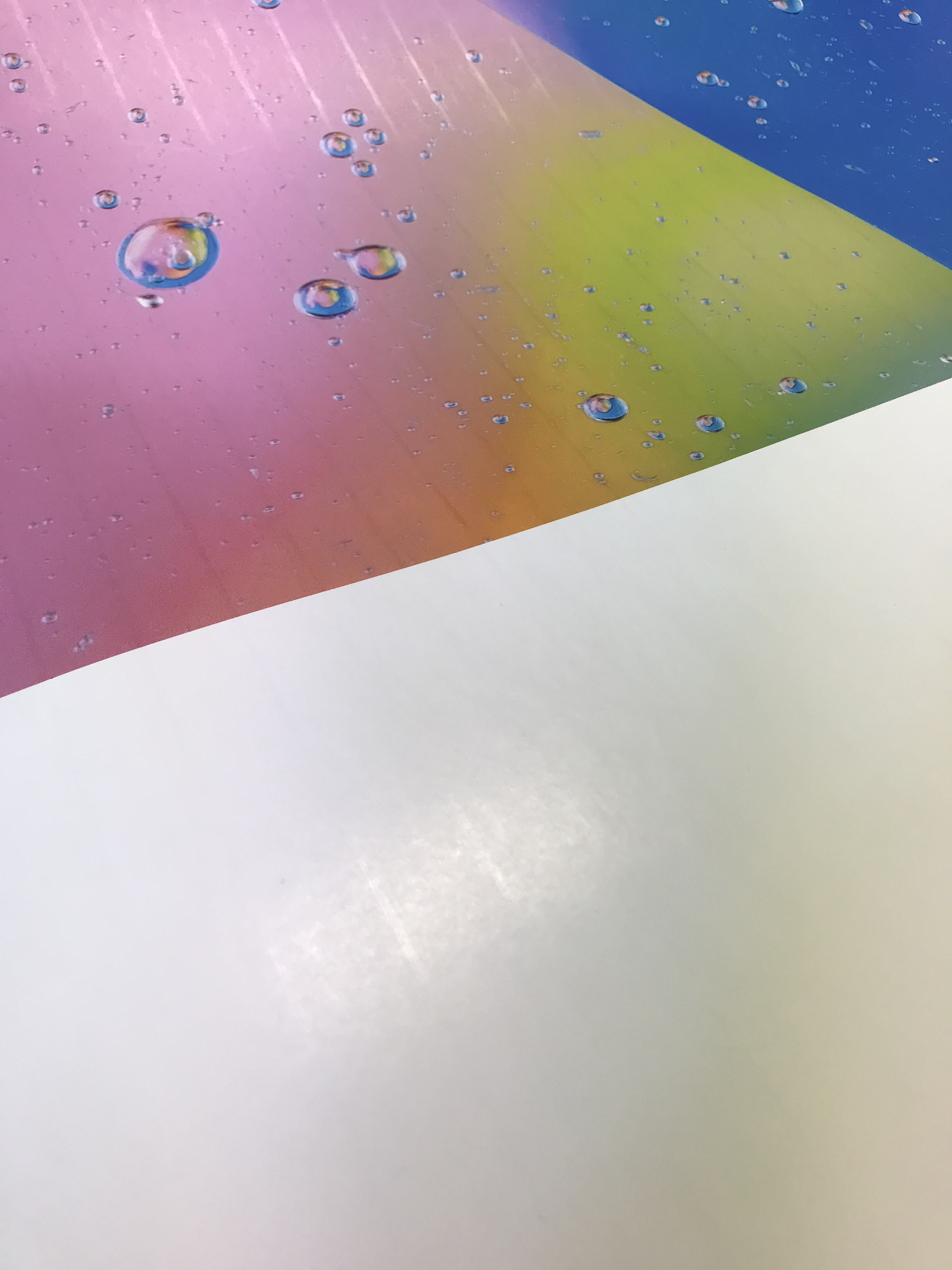Im having scuff marks running down the length of the media on the back side of a lot of my prints.
It seems to happen more on paper-based media but I've also seen it on PE banner and release liner.
Its not much of an issue on single sided prints but it makes double-sided prints unsellable.
I've attached a picture. The scuffs are more apparent on the printed area but they're on the blank media as well.
Ive been wondering if the vacuum is set too high and its causing the ridges on the platen to rub into the media and "polish" those lines into the media...
Anyone else experience this? My media manufacturers are pretty clueless and HP hasn't been too much help...
What vacuum settings do you all use?

